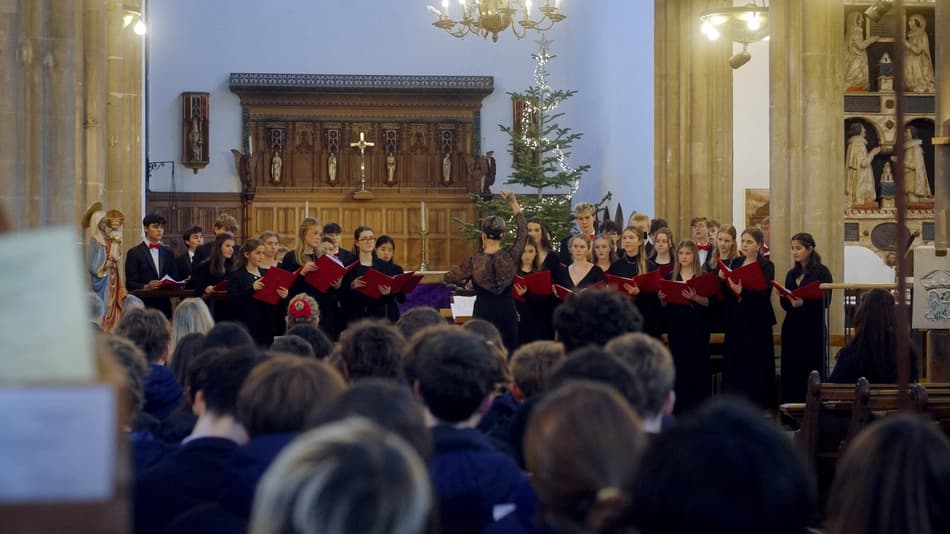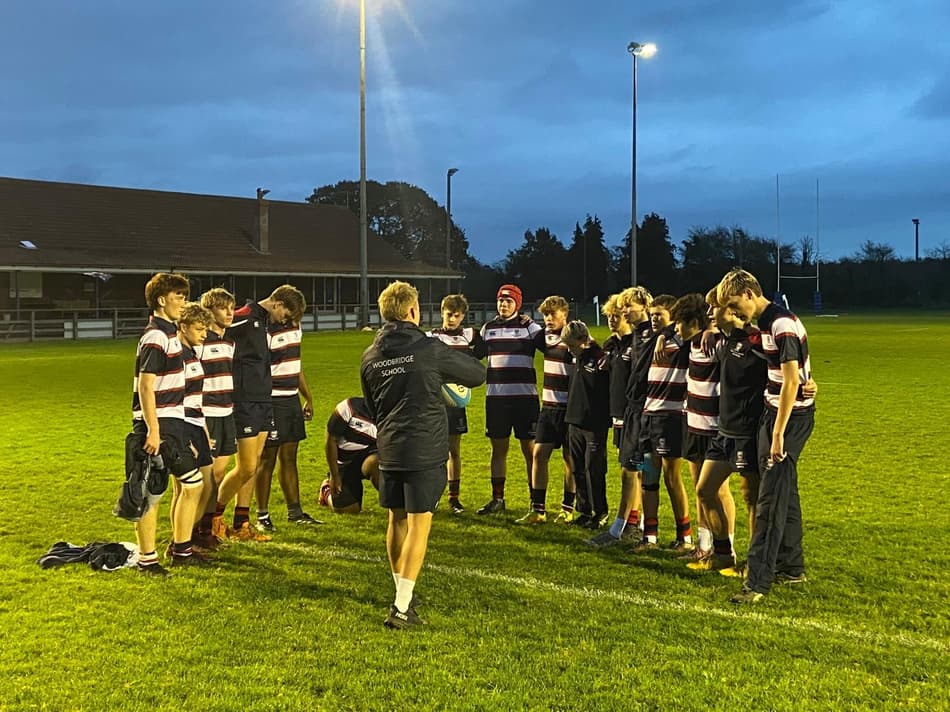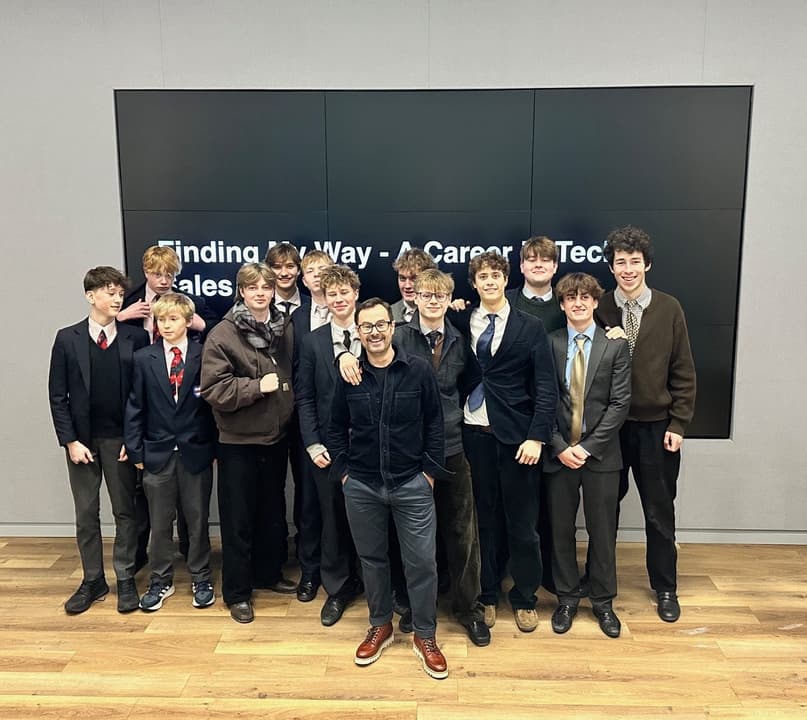‘Jane Eyre’
There was something intriguingly timely about the choice of play: a strong woman; difficult times; repression and patriarchy. And also a play with barely a male character in sight for some time; boys playing girls, and girls playing girls. Identity; control; strength in weakness and weakness in strength. Jane Eyre is such an important book and deserves interpretations which keep pace with modernity and seek out its timeless truths. Such was the aim, and the achievement of this year’s Upper Sixth drama students. In two scenes we were taken from timid childhood to intrepid, forthright innocence (is that an oxymoron? I think not). Jane’s innocence is essential, but only in the context of her fortitude.
The first act rushed her from home, figuratively and physically, into a dark sanctuary, only for her to find guidance and light from dear Helen Burns. Death the only release… of course. Such is melodrama. We wanted to know more.
Act two and escape into… greater darkness? Not at all, unless that sole male figure knocked from his horse and floundering in his own anger is to upset the transition from lost to found. Well, there lies the question for act three… the act we couldn’t have! This audience was left wanting more: Jane, Mrs Fairfax, Adèle and Pilot seemed to have found a happiness to explore, only for Rochester (ah, those tricksy menfolk) to upset the order of things. And so the evening ended: in uncertainty and ambiguity – a different disquiet from the outset, but no less enthralling.
Excellent work.
More news

Carol Service at St Mary’s Church, Woodbridge

Mary, Joseph, Jesus and 'The Fleece Force' – Woodbridge School Prep Nativity

Woodbridge Rugby Roundup - Dec 2025
